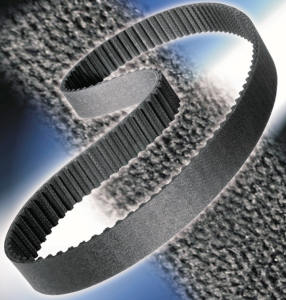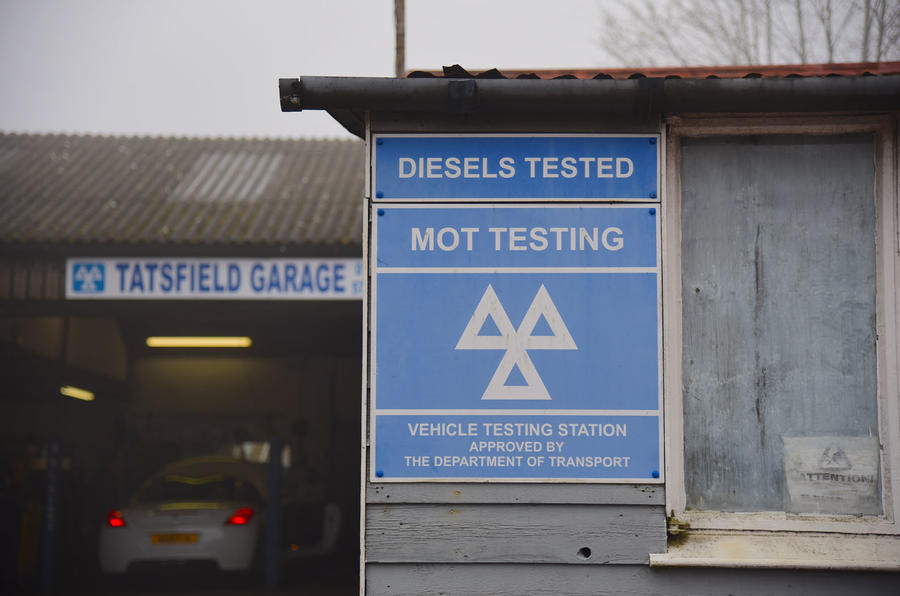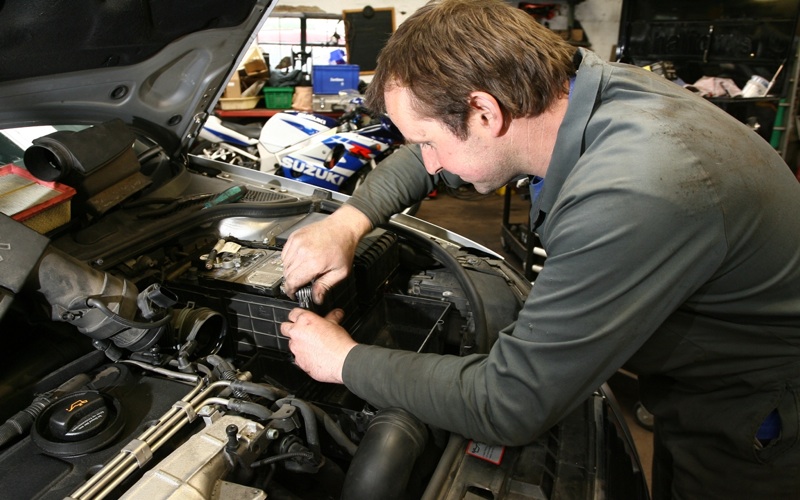Chains have always been used to drive engines, and belts have been used since technology has allowed.

However, despite the appearance of very simple products, both have advanced substantially in terms of the structure of the product itself, and the method in which the components that they turn are driven.
So much so, that factors need to keep stocks of multiple types of belts, as different technologies are used for different applications, according to Steve Carolan, National Sales Manager at Dayco. “The factors need to keep two or three of a belt of the same size, where historically they only kept one. That’s becoming a bit of a challenge for them, but it’s good for us as they are very specific to the application” he said.
No detriment
However, this is not always to the detriment of the motorist. “The material has changed quite a lot over the last couple of decades, and that’s why we get service intervals from 60,000 to 100,000 miles now, whereas if we go back, originally it would have been every 25,000 to 30,000 miles,” he explained.
“Most of this material development is necessary to cope with the greater stresses and loads in the system,” he continues. “Whereas before, belts were needed to drive a simple camshaft and maybe a manual tensioner, today it has to cope with the fuel injection pump, water pump and there is often an automated tensioner in place. Additionally, engines are made out of different materials, so they expand and contract more, creating more stress.”
Material development is highlighted by Dayco’s white belts, which are protected by a layer of PTFE. This gives increased wear and load resistance, together with a fibreglass cord that resists ageing and new compounds with good resistance to loading and high temperatures. These, and belts designed by other manufacturers are necessary to counter for the added stresses modern engines produce on moving and wearable parts. “This coating reduces the wear between teeth and pulleys and maintains the longevity of the mesh,” comments Grahame Rowley, Director at Ultra Parts. “Side wear and belt narrowing are also reduced, and the whole system can accept the huge power transmission provided by modern turbochargers, for example.
No lone sales
There have also been changes in the way that belt replacement has been seen by the garage. “Lone timing belt sales are greatly diminished as the trade now prefer to fit a complete timing belt kit. Even this trend is slowing as the discerning garage now elects to fit a timing belt kit complete with the water pump. By fitting a kit complete with a water pump, the end user has a reliable and professional repair, and the garage is relieved of any pending failures of the timing assembly” said Rowley.
Rowley adds: “More and more engines no longer have keyways and rely purely on the tightness of pulley bolts. It is therefore essential to research timing procedures as in many cases, special tools are required. Some manufacturers have “nib” keys built into the pulleys. It is quite common for nib gears to part shear or break off completely. It is very common for garages to assume that pulleys are in the right places especially if not removed. In all instances, nib keys should be checked otherwise serious mistiming can occur on assembly.”
The replacement of various parts alongside the belt and chain is almost a necessity thanks to new vehicle design. Manufacturers looking to maximise their use of space while also including mandatory crash structures means engine bays have become somewhat cramped in recent years, to the effect that even changing a lightbulb is a complicated and sometimes labour-intensive issue.
Therefore, replacing a belt or chain can involve stripping a lot of the engine down. Much like remanufacturing, in these scenarios it makes sense to upgrade other wearable items at the s
ame time, saving the customer any future labour costs when a tensioner pulley or water pump fails. Additionally, as such failures could damage the new belt which is being installed, the extra parts offer a ‘peace of mind’ guarantee for all involved.
Main awareness
But what other areas should garages be looking out for when it comes to belt replacement? “The biggest issue we find is the setting of the automatic tensioner in vehicles,” says Carolan. “They need to follow manufacturer instructions as they all vary and most of the problems we see from workshops is that they haven’t set the tension correctly as a result.”
There is much talk about the future of the automotive market, and what fuels most vehicles will be running on in coming years. With the UK Government announcing a ban on new petrol and diesel only engine sales, the aim is to push consumers into hybrid and ultimately electric vehicles.
However, this will not have an impact on conventional parts for quite some time, with over 35 million vehicles on the road and conventional engines for hybrid vehicles still in development.
“It takes five to seven years for most of these things to come to fruition and we’re still designing and developing systems now” explained Jeff Earl, Marketing Manager at Schaeffler, adding that while engineers have gone ‘back and forward’ between belts and chains over the last twenty years, he believes that chain-driven timing systems are enjoying a renaissance because of new technology.
“There’s less maintenance required on a chain drive system,” Earl explained. “While most [technicians] would prefer to do some work on the engine, chains have become de rigueur, they are now quieter than they ever were and the fluid additives in fully synthetic oil now means the parts are much better protected”.











Go to comments